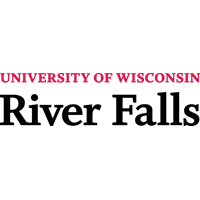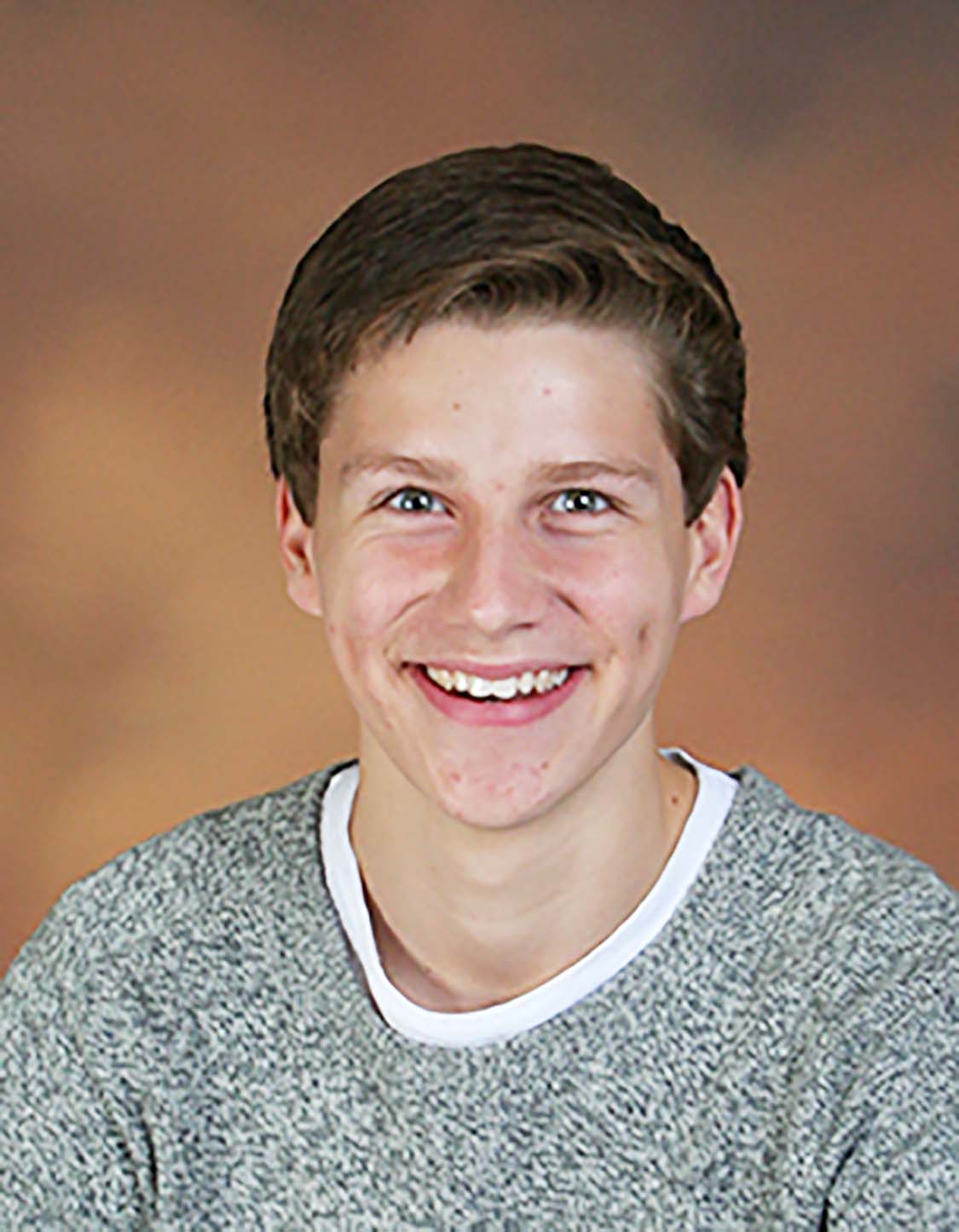Below is a summary of the abstract you submitted. Presenting author(s) is shown in bold.
If any changes need to be made, you can modify the abstract or change the authors.
You can also download a .docx version of this abstract.
If there are any problems, please email Dan at dar78@pitt.edu and he'll take care of them!
This abstract was last modified on May 16, 2017 at 11:39 a.m..

The UWRF phage hunting class searched for phages using three alternate Actinobacteria hosts. Each soil samples was enriched with Arthrobacter sp. ATCC 21022, Gordonia terrea 3612, and Rhodococcus erythropolis RIA 643. Twenty four out of 56 students (43%) observed plaques on at least one host, and several students found a phage on more than one host or had multiple phages from one host. We used cluster-specific PCR to identify phages in clusters previously isolated at UWRF, and submitted samples for sequencing that appeared to be novel. Five phages were sequenced: Arthrobacter phages Beans (AO) and Cheesy (AM), Gordonia phages SteveFrench (CS) and Brandonk123 (DE), and Rhodococcus phage Finch (singleton). We also submitted 16 DNA samples for DOGEMS, and received four complete sequences. By designing PCR primers specific for each sequence, we were able to identify these genomes as JayCookie (AR), Flakey (CS), Troje (CT) and Confidence (unclustered). These phages exhibit a variety of morphologies, including siphoviral and myoviral tails with lengths from 100-500 nm, and head diameters from 51-100 nm with one prolate head (Cheesy). Their genomes are also diverse, with lengths from 45,909-138,896 bp and G+C content ranging from 58.9-67.3%. Finch has a myovirus morphology similar to Rhodococcus phage E3, cluster C and AA Mycobacteriophages, and cluster DO Gordonia phages. There is little nucleotide similarity between Finch and these genomes, but it shares 29-41 phams with each. 22 phams are shared among all of these phages, suggesting they may have a common evolutionary history. Most of these phages appear to be lytic, but we were able to isolate potential lysogens from SteveFrench that are immune to SteveFrench and Flakey but not to the other Gordonia phages. No integrase gene was identified in the SteveFrench genome, but there may be one yet to be identified, or this phage uses a different mechanism for lysogeny. As part of the host range project, we tested these phages for growth on several other Actinobacteria. Most were only able to lyse their isolation host, with a few exceptions. Cheesy appears to be able to infect Kocuria kristinae (NRRL B-14843) with an efficiency of plating (EOP) of 10<sup>-4</sup>. Also, a new phage isolated in K. kristinae infected Arthrobacter at a similar EOP. Kocuria and Arthrobacter are closely related genera and we are exploring this relationship further. Finch and other phages isolated in R. erythropolis infected R. globerulus (NRRL B-16938) at EOPs of 10<sup>-3</sup> to 1. We also isolated new phages in R. globerulus and these lysed R. erythropolis at similar EOPs. This collection of phages may provide new insights into host specificity.


